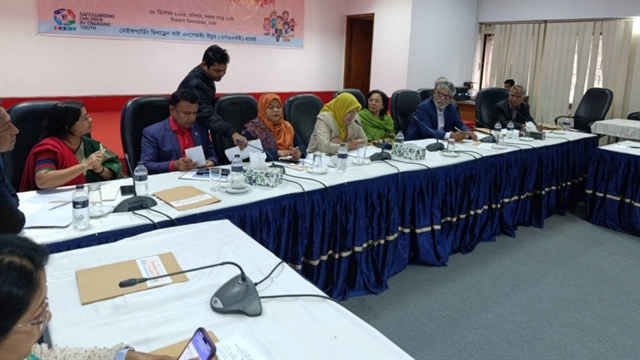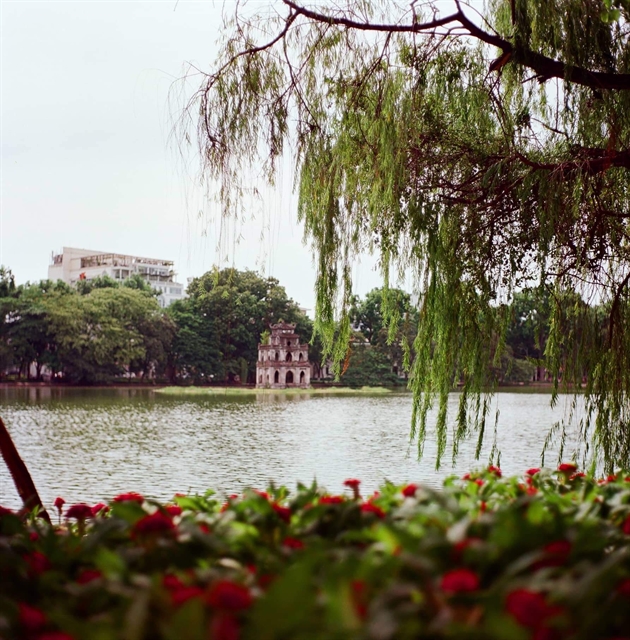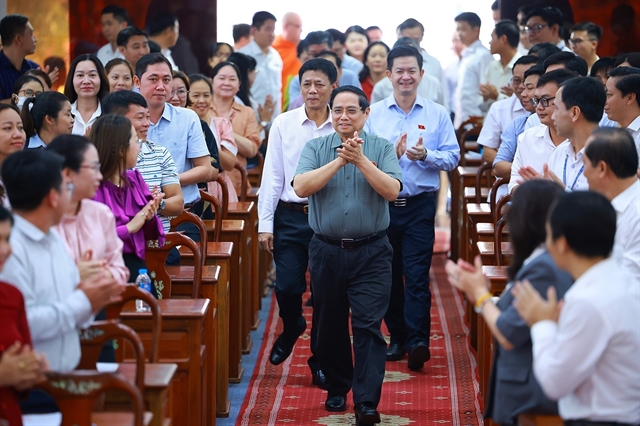 Society
Society


|
| Hoàn Kiếm Lake, a symbol of Hà Nội. — VNS Photo Khánh Dương |
HÀ NỘI — Hà Nội has been named one of 66 new members of the United Nations Educational, Scientific and Cultural Organisation (UNESCO)’s Network of Creative Cities.
The Vietnamese capital joined the network in the field of design, according to the city’s Department of Culture and Sports.
Although Hà Nội is strong in many creative fields, it applied for the status in terms of design as this area has wide coverage, is closely linked with other fields, and can reflect the city’s potential and strength in bringing into play its creativity.
Hà Nội has also met the standards for a creative city of design, including a developed design industry, multiple opportunities for creating designs from natural materials and conditions, and the presence of design groups with frequent activities.
The municipal department said joining the UNESCO network is an initial but significant step for Hà Nội to raise its standing and create a new and more attractive image of the city.
To realise its commitment to the UNESCO Creative Cities Network, Hà Nội will issue a long-term action programme and connect its policies to promote cultural industries and enrich local cultural resources.
It will also create prerequisites to help other Vietnamese cities take part in the network and actively contribute to the network’s development, thereby affirming its stature as the creative capital of Việt Nam in Southeast Asia and the world.
A total of 66 cities were designated as UNESCO Creative Cities on this occasion. Apart from Hà Nội, the seven other creative cities of design are Asahikawa (Japan), Baku (Azerbaijan), Bangkok (Thailand), Cebu City (the Philippines), Muharraq (Bahrain), Querétaro (Mexico), and San José (Costa Rica).
The UNESCO Creative Cities Network, founded in 2004, aims to enhance co-operation among the recognised cities with creativity considered a strategic factor of sustainable development. Its membership has reached 246 at present.
The network brings together cities that base their development on creativity, whether in music, arts and folk crafts, design, cinema, literature, digital arts or gastronomy.
UNESCO creative cities commit to placing culture at the centre of their development strategies and to share their best practices.
“All over the world, these cities, each in its own way, make culture the pillar, not an accessory, of their strategy,” says UNESCO director-general Audrey Azoulay. “This favours political and social innovation and is particularly important for the young generations.” — VNS




